Traditions of Chinese and Japanese tea drinking: features of making tea and the tea party ceremony, the necessary "Eastern" dishes.
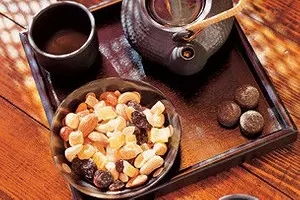
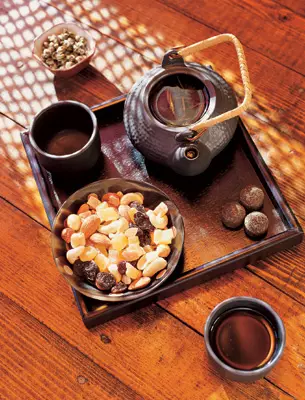
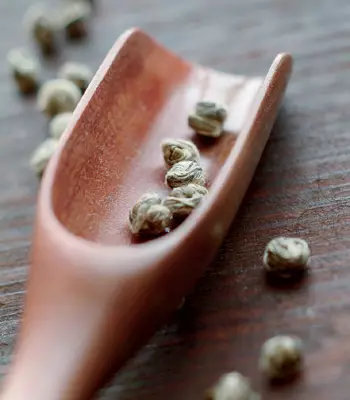
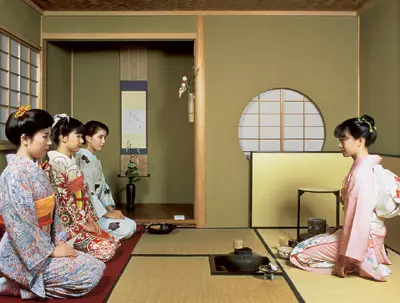
All participants of the tea ceremony hold a certain ritual. Japanese ceremony - something more than idealization of the act of tea party, is the religion of the art of being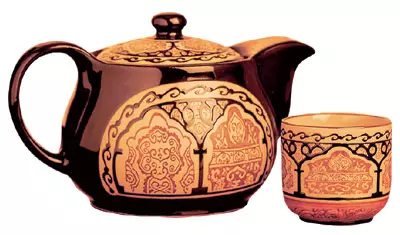
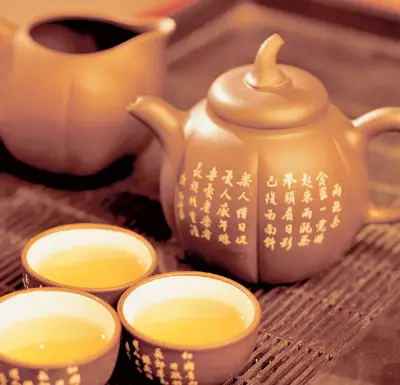
Chinese teapots and cups are usually made from ceramics or porcelain. Tea cups are small in size. From big cups to drink tea tastelessly, the Chinese consider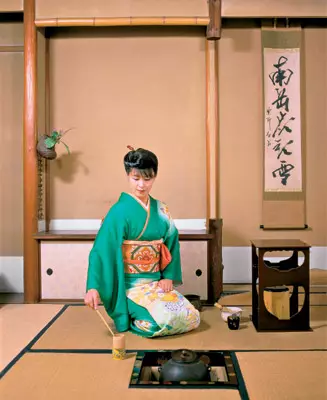
Japanese traditional ceremony is held in a tea house called Sukia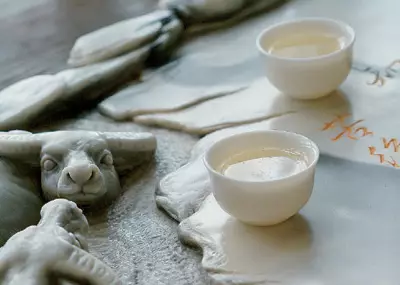
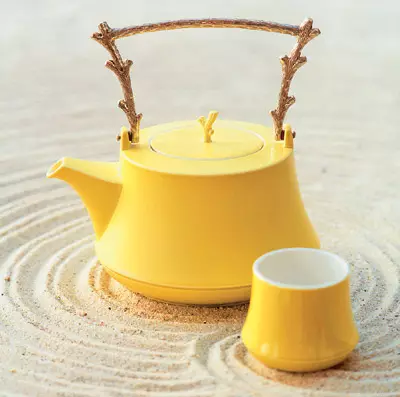
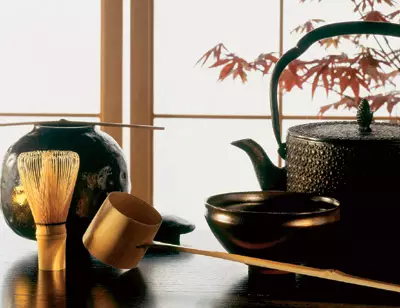
Tableware for a Japanese tea ceremony: a bamboo teaspoon, a tea cup, a buckle for "whipping" of tea, water storage vessel, bucket for spilling hot water in a cup, copper teapot
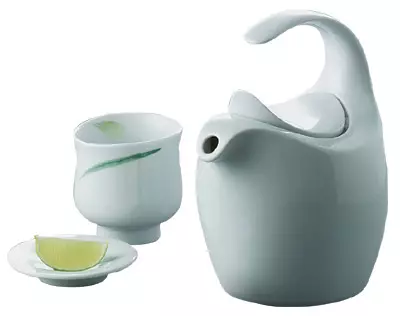
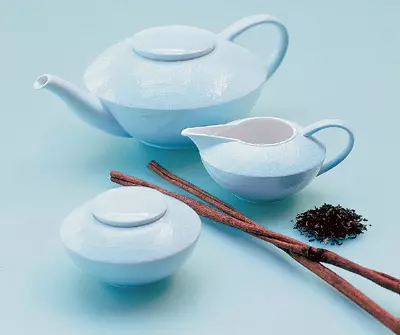
Tea is one of the most favorite drinks of mankind. Drink it in different ways: cold and hot, with sugar and without milk, with lemon, with salt and lard, with ice ...
Gradually, not immediately, but the tea accepted many nations. Having created its traditions and rules for the use of this drink. So "tea drinking ..." appeared: in Chinese, in Japanese, in Russian, in English, in Tibetan, in Mongolian, Latin American (Cuban method), Uzbek IT.D. We will tell only about the four national features of the use of tea: about Chinese, because China's China, Japanese (as a philosophical ceremony), English (who does not know the famous Five-O-Clock?) And Russian, because tea is "Our all." Let's start, of course, from the east. Azapad will leave the next number.
Drink of emperors
China is the very place where tea has been opened. As the legend says, in a cup with boiling water, standing in front of the emperor Chen Nang, fell a leaf of wild tea. The bold emperor did not splash out water, and tried infusion and appreciated his taste properties. All this story dated 2737g.Don.E. Currently three millennia tea was an exclusive drink of Chinese. The first trading agreement between this country and Russia on the supply of "dried herbs" falls on 1679th. As long as we lived without tea when the Chinese have already drank him with might and main!There are a great many varieties of Chinese tea. This is not surprising. China is a large country, with different climatic zones. Insenene she is different people in different provinces there are cultural features. The most common four types of beverage are: black, yellow, red and green. That is, from the point of view of nerds, tea bush, of course, one, but its leaves are subjected to different biochemical processing. For example, to get a black grade, a sheet is bruised, twisted, fermented and dried. Adlya of receiving white and green only twist and dried. Red and yellow teas pass the fermentation process not to the end and belong to the half-confined.
The meaning of the Chinese tea party is that its participants truly tying the drink. Depending on the peculiarities of processing, tea in different ways gives your taste and flavor. There are several ways to brew it. The easiest-brewing in the label (mug with a lid). The most complex and ceremonial-Gunfu is challenging certain skill. For such brewing, Oolong is most often used. This is a half-entered tea. It has not just a special taste and aroma, but also the ability to change them from welding to the welding.
More details we will talk about the preparation of weakly emphasized varieties of Chinese tea (green, white and yellow). WMoskwe has a restaurant with an exotic name "Thai Elephant". There is a real Chinese chef Wang Siaoguan. In Russian does not speak at all. Therefore, we received advice on Chinese tea drinking through the translator. Ivot that they found out.
The Chinese give the water great importance. The ideal for brewing is the one that brought from the places where the harvest was assembled. Often it is sold together with tea. In the magnificent conditions you can use spring or bottled water. By tradition, Chinese tea drinks without sugar and snacks, so as not to spoil his taste. But modern Chinese tea drinking has become more liberal. So, if you want, the tea table can be supplemented with nuts and dried fruits. The process of spilling drink is funny funny. Svyaznik produce unusual manipulation, then he is dropped, then raising. The meaning of the act is that the pens falling into the cup due to this saturates the drink with oxygen.
Well, the Chinese choose for themselves some kind of kind of tea that drink throughout life. Variety is allowed only in varieties. Mix different types of tea and move, for example, with black or red on green is not recommended. It is even justified from a medical point of view.
So, for the tea ceremony you need to purchase:
Stand table equipped with drainage;
Teapot (porcelain or clay);
clay cups covered with inside white enamel;
Auxiliary items: a spatula for saving tea, bamboo siter;
Water heating device.
First you need to warm up the boiling kettle, rinsing it with boiling water. During the entire procedure, you must be in one place, so for the "spilling" of water and need a table with a drain.
After the kettle warms up, tea poured into it. To do this, use a special spatula (wooden scoop). The amount of fat tea is a matter of experience, it depends too much. Well, if it is very approximately, they take 2-4 teaspoons on the kettle. Fill tea brought to a boil, but not boiling water (degrees 95) and leave the brew. Depending on the variety, the desired fortress and the amount of welding, tea is from 1 to 10 minutes. This is also a matter of experience, but who does not try, he will not learn anything.
The Chinese consider the first brewing weak. Therefore, if not sorry, it is better to merge. The true taste of tea opens from the second brew. Cups are also hammered with boiling water and through the corticle of the kettle spill a drink in them. A cup should not be complete. You have to convey it to your mouth and make it exquisite, without discomfort. Now you can enjoy tea, unsubscribing it with small sips. Repeated injection into the teapot water is not rebored. This can be done until the drink gives all my own taste and aroma.
Japanese tea ceremony
In Japan, tea got into VIIIV. n. e. According to sources (possibly unreliable), Buddhist monks were brought. Then the Japanese Buddhists created a rite called Incha. This religious tea use ceremony was not at all such as modern. The drink is particularly popular in Japan since XIIV.
Modern Japanese love green and yellow tea. Yellow semifornized teas are brewed by Chinese, using a lap. Green before use is usually triturated in powder in a special porcelain mortar. Welding poured into a pre-heated dry, in a special roaster, porcelain kettle and poured hot water. You can reproduce this, lowering the kettle in boiling water, but so that the water does not get inside. The kettle must warm well. A drink is preparing at the rate of the first spoon of welding for 200g water.
A feature of tea brewing in Japanese is that both water, and the kettle itself must have a temperature not higher than 60s. So, if you want to get the right Japanese tea, go home the thermometer. Tea is brewed 2-4 minutes. During this time, he has time to give his fragrance, which you can not say about taste. But the Japanese, as true aesthetes, give the main importance to the aroma. Pale yellow liquid is spilled in small porcelain cups and drink small sips, slowly and thoughtfully. The use of tea from the Japanese occurs before and after eating (breakfast, lunch or dinner). If you decide to drink a seagull in Japanese, respectively, it is better to eat Japanese food: rice and seafood.
In addition to the usual consumption of tea, there are several tea ceremonies: night tea, tea with sunrise, evening, morning, afternoon, special.
Night tea begins at the moon. Guests are going to half the twelfth and leave the owners of about four hours. Before serving, the invited snacks are treated. Tea "with sunrise" use about four o'clock in the morning. After that, guests stay up to six. Morning tea is practiced in hot weather. Tea party occurs while the night coolness is saved. Afternoon tea is usually carried out before or after an hour of the day. Custol served sweets. After the sweets, the owners offer a cup of soup. Azatat is transferred to the sake cup. Before serving, guests wash their hands in the garden and can take a little walk. Evening tea starts about six evenings and lasts about two hours.
Special tea drinking is organized for any solemn case. In the Japanese tradition, the ceremony is held in a tea house, which is called Sukia. When holding it and the owner, and guests comply with a certain ritual. For the ceremony, green Macha tea is used, which is not brewed, and stir in the cup by a bamboo taker Shaysen. It tastes very tart, but fragrant. Drink prepare, adhering to approximately such proportions: 100g dry tea for 500g heated water.
Water for tea is heated in the kettle, on a stove, melted coal. The stove is located in the middle of the room, in the recess in the floor. The owner imposes a powder tea into a cup, adds hot water and stirred the resulting thick mass of the wedge. Then water is added to the cup to obtain the perfect balance of the denotomy and temperature of the drink.
First guests are offered a light Japanese food of Kaisek. It is very simple, but served in the exquisite dishes. Sweets are served in the thief: biscuits moistened in syrup or cottage cheese with beans. After the "dessert", guests can stroll along the garden and prepare for the main efficiency of thick tea.
By tradition "First" tea drinks from one cup, in turn. The owner does not participate in this ceremony and only silently welcomes the guest who stretches his arms over the cup. After the completion of the "first act" of tea drinking, the owner offers guests a cookie, after which weaker tea is served. Now every guest drinks from a separate cup. The ceremony is completed with the contemplation of fire and everything that is around. Then the owner escorts guests to the threshold, and returning, carefully removes everything into its place.
